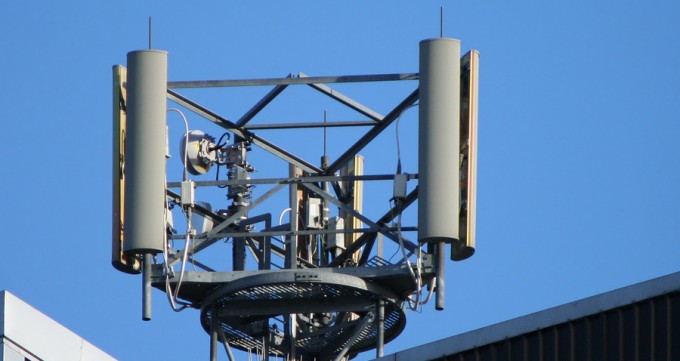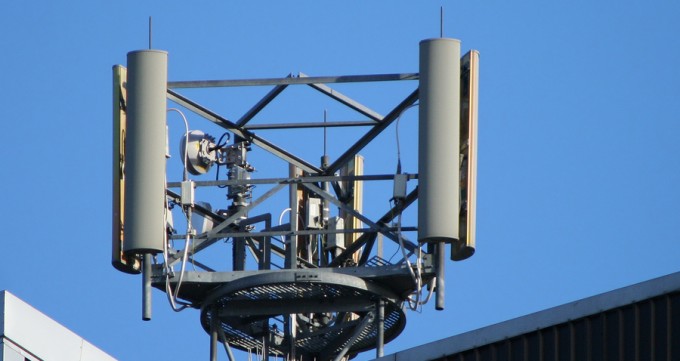A program that aired on Catalyst in February on the safety of wireless devices such as mobile phones has been pulled by the ABC.
The program, "Wi-Fried?" linked Wi-Fi and cell phones with various health risks, including cancer.
The program was met by a significant amount of criticism, including from Dr Geza Benke, Monash University; who said it was "Biased ... ridiculous ... completely wrong." Dr. Benke is a Senior Research Fellow and Occupational Hygienist at the Monash Centre for Occupational and Environmental Health.

While the program may have faded in the memories of some; the ABC did pursue the accusations.
On Tuesday, the ABC published the following:
"The program breached the ABC's impartiality standards by unduly favouring the unorthodox perspective that wireless devices and Wi-Fi pose significant health risks."
A major report the program relied on has been subject to scientific criticism; but these criticisms were not acknowledged in the program.
The ABC statement also says the program contained several inaccuracies.
As a result of these breaches and the ABC's editorial standards, the program was removed from the Catalyst website last week; a decision that would not have been taken lightly.
A report on an internal investigation into the program states "the program did not include reference to or reflected in its treatment of the subject a number of relevant papers and studies which would have contributed to the impartiality of the piece."
A full investigation report from the ABC's Audience & Consumer Affairs unit into the "Wi-Fried?" Catalyst Program can be viewed here (PDF).
Given the ubiquitous nature of mobile phones and the rapid uptake of technologies such as wireless broadband, the issue of wireless devices and related transmission safety is certainly an important one. But any public debate should be balanced.
As well as the hand-held devices themselves, the safety of transmission towers has been a concern for some.
According to Australian high speed internet connectivity provider Lightning Broadband, which uses a mix of fibre/wireless technology to deliver fast broadband speeds of up to 1,000 Mbps, a mobile phone tower broadcasts at around 100W and is considered safe for all residential settings.
Lightning Broadband’s transmission antennas broadcast at a maximum of 0.5W (1/200th of a mobile phone tower). Additionally, the signal is directional (mobile towers are omnidirectional); helping to ensure broadcast transmissions are kept above roof lines.
Image Credit: BigStock



